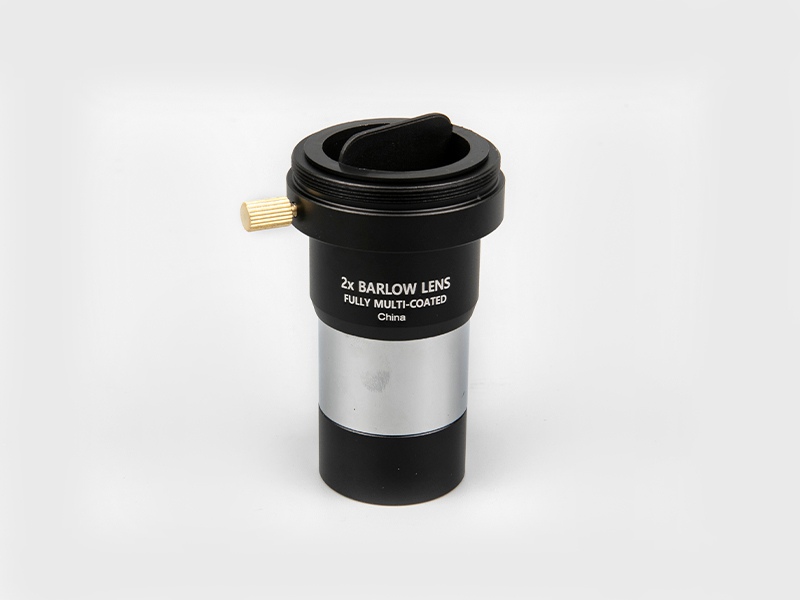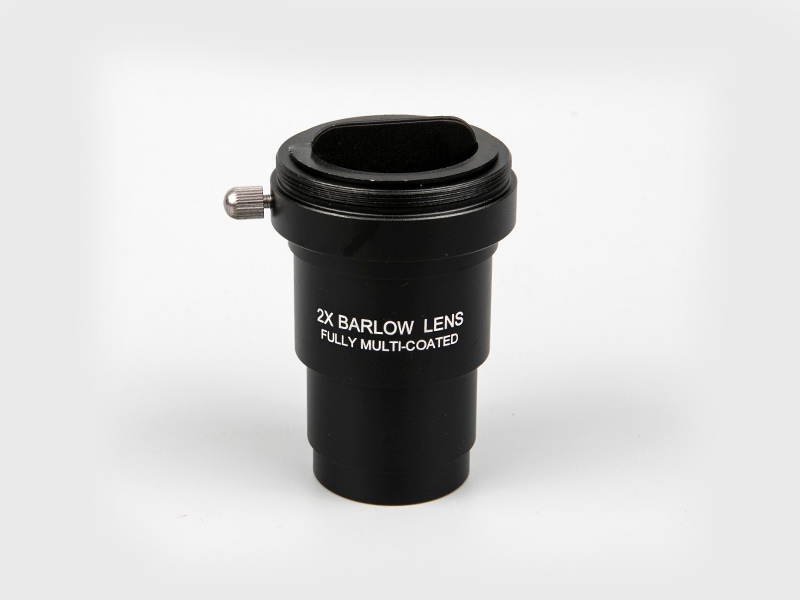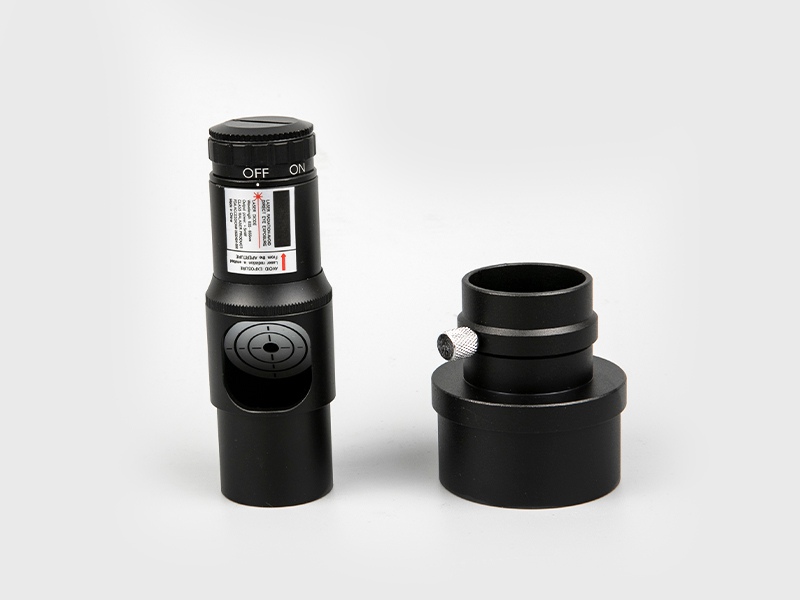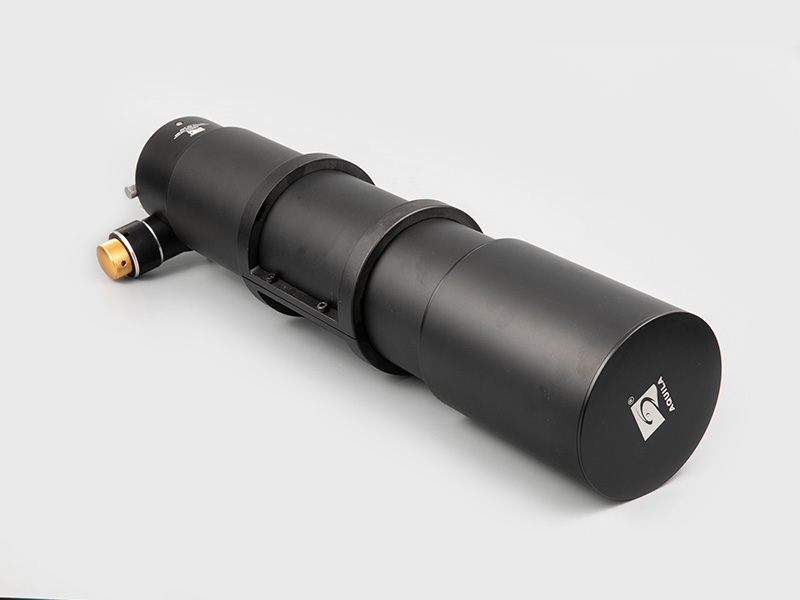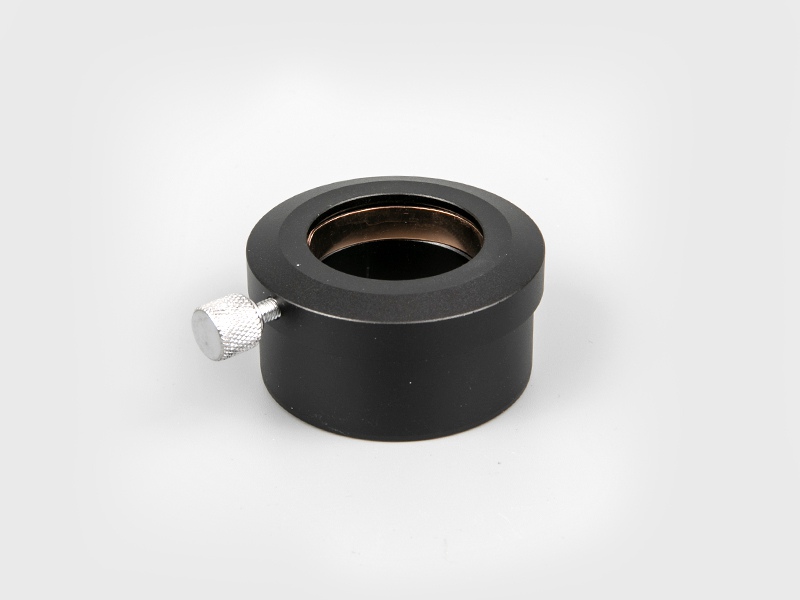There are three types of astronomical telescopes: refracting astronomical telescopes, reflective astronomical telescopes and catadioptric astronomical telescopes.
1. The refracting astronomical telescope is more convenient to use, with a large field of view and bright star images, but there is chromatic aberration, which reduces the resolution. The objective of a high-quality refracting lens is two double-separated achromatic objectives or three apochromatic objectives. However, achromatic or apochromatic cannot completely eliminate chromatic aberration.
2. The advantage of the mirror astronomical telescope is that there is no chromatic aberration, but the coma and astigmatism of the mirror are large, which makes the image quality at the edge of the field of view worse. Commonly used mirrors are Newtonian and Cassegrain. The optical system of the former is simple and cheap. The spherical reflector is at the back and the eyepieces are on the side of the front. The main and secondary lenses of the latter are aspherical, with both the primary and eyepieces at the back. The image quality is better and the price is more expensive. .
3. The catadioptric astronomical telescope mirror takes into account the advantages of the refracting astronomical telescope and the reflecting mirror astronomical telescope: large field of view, good image quality, short lens barrel and easy to carry. Compared with a refracting telescope of equal focal length and the same aperture, the price is less than one-third. There are two types of catadioptric mirrors: Schmidt-Cassegrain type and Maksutov-Cassegrain type, the latter is also known as horse-card mirror. There are two types of horse-card mirrors, two-piece and three-piece. For example, Bosma’s BOSMA1800150 astronomical telescope and BOSMA2400200 astronomical telescope are both three-piece, because the image quality is better than the two-piece type, they are very popular with astronomy enthusiasts at home and abroad.
2. Reasonably choose the focal length of the astronomical telescope
Choosing the focal length of the astronomical telescope is related to the celestial body you want to observe. If you want to observe nebulae and search for comets, you should choose a short focal length telescope; if you want to observe the moon and planets, you should choose a long focal length telescope; if you want to observe double stars, convergent stars, variable stars and star clusters, it is best to choose medium focal length astronomy telescope. The middle focal length lens can take care of both ends, which is more popular. Usually a short lens means that the ratio of focal length to aperture is less than or equal to 6, and a long lens means that the ratio of focal length to aperture is greater than 15, and it is called a middle focal length lens in between.
Third, the magnification of the astronomical telescope is not the bigger the better
According to the long-term observation experience of astronomers, the maximum magnification of the astronomical telescope should not be greater than 1.5 times the aperture of the objective lens (expressed in millimeters). With a telescope with a diameter of 100 mm, it should not be greater than 125 when the atmospheric conditions are moderately quiet. Times. The best tranquility can be up to 190 times; when the aperture is 200 mm, the observation should not be greater than 170 times when the atmospheric tranquility is moderate. At the best tranquility, it can reach 340 times; in fact, for astronomers observing bright celestial bodies, the maximum magnification can reach twice, even 2.5 times the aperture of the objective lens (expressed in millimeters). However, the excessively large magnification of the astronomical telescope makes the image larger and darker, and the shaking of the atmosphere also magnifies the image, making the image more blurred.

 English
English 日本語
日本語 Deutsche
Deutsche España
España
